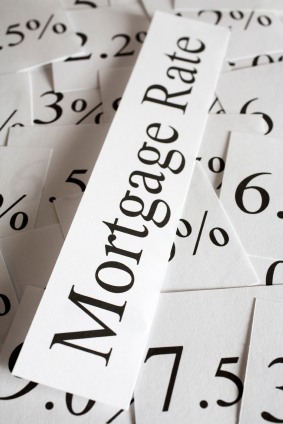Summer Mortgage Market Update (2011)
July 21, 2011Risk of Italian and/or Spanish Default Rises
August 2, 2011 The Bank of Canada (BoC) Directors met last Tuesday and they left the target for their overnight rate unchanged at 1%. The highlight of their accompanying press release was the removal of the word “eventually” from the phrase: “To the extent that the expansion continues…some of the considerable monetary stimulus currently in place will be withdrawn” (as opposed to “eventually withdrawn”). The markets took this as a sign that rate hikes would begin sooner rather than later, and the Loonie took off, hitting a three-year high of $1.0549 vs the Greenback.
The Bank of Canada (BoC) Directors met last Tuesday and they left the target for their overnight rate unchanged at 1%. The highlight of their accompanying press release was the removal of the word “eventually” from the phrase: “To the extent that the expansion continues…some of the considerable monetary stimulus currently in place will be withdrawn” (as opposed to “eventually withdrawn”). The markets took this as a sign that rate hikes would begin sooner rather than later, and the Loonie took off, hitting a three-year high of $1.0549 vs the Greenback.
But did the market overreact? The BoC’s statement, and their latest Monetary Policy Report (released on Wednesday), cited several strong headwinds acting against our economy, most notably: growing sovereign default risks in Europe, the Loonie’s continued rise, and a slowdown in Canadian consumer spending (more on this in a minute). Mr. Carney and the BoC knew the effect t their carefully chosen words would have on the market, which reacted exactly as expected. In a sense, the statement engineered a ‘rate increase light’ – something that slows down the economy and reminds us not to get complacent about cheap borrowing rates, but isn’t strong enough to risk shocking our recovery’s momentum.
The BoC’s continued caution certainly appeared wise when Statistics Canada released its latest Consumer Price Index (CPI) on Friday. Headline CPI plunged from 3.7% to 3.1% and core inflation, which the BoC likes to see in the 2% range, dropped from 1.8% to 1.3%. The Loonie sold off on the news and analysts , who just the day before had been calling for sooner than expected short-term rate increases, beat a hasty retreat.
Five-year government of Canada bond yields surged early in the week and it looked like another increase in fixed-mortgage rates was in the cards. Then Friday’s CPI numbers turned the market around and yields snapped back. We finished the week up 6.5 basis points, but after Friday, the momentum arrow for fixed rates is again pointing down.
Variable-rate mortgage holders got some good news this week when another large lender changed the qualifying rate it uses on applications for conventional variable-rate mortgages to its three-year posted rate. That means borrowers who have a down payment of at least 20% on their property will now be qualified using 3.55% instead of 5.54%.
The Bottom Line: This quarter’s Summer Mortgage Market Update (posted last Thursday) provides a detailed explanation of how world events are affecting Canadian mortgage rates. Don’t miss my five key reasons why a variable-rate mortgage should still save you money in the coming years.







